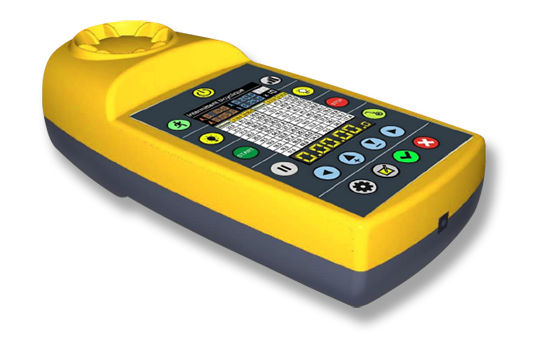Cross Training: Optimize Your Performance with the 4 Main Axes
Crosstraining is a versatile approach that integrates various sports activities to improve the overall performance of athletes. By combining different sports, one can work on the four main axes of performance: Maximum Aerobic Speed (VMA), endurance, fitness, and running economy. This article explores how cross-training can enrich your training program and optimize your performance.
The 4 Main Axes of Training
- Maximum Aerobic Speed (VMA)
VMA is the speed at which your oxygen consumption reaches its maximum. Working on this axis increases your ability to run faster and longer. Sports such as running, cycling, and rowing are excellent for improving VMA.
- Stamina
Endurance is the ability to maintain prolonged effort. Endurance sports such as walking, swimming, and cross-country skiing help strengthen the cardiovascular and muscular system, supporting longer efforts with reduced fatigue.
- Fitness
Physical fitness encompasses strength, flexibility, and coordination. Crossfit, yoga, and pilates are effective disciplines to improve these aspects, strengthening muscles and increasing flexibility and balance.
- Running economy
Running economy is the efficiency with which your body uses energy to run. A good running economy means you can run faster with less effort. Sports such as orienteering and cycling, combined with running technique exercises, can improve this aspect.
Cross Sports: Diversify Your Training
To make the most of your training program, it is recommended to integrate 30% cross-sports. Here are some effective activities for each axis: For example there is:
- Bike: Excellent for VMA and endurance.
- Walking: Ideal for improving endurance and active recovery.
- Orienteering: Perfect for endurance and race economy thanks to the variation of terrain.
- Swimming: Strengthens endurance and fitness without impact on joints.
- Cross-country skiing: Improves VMA and endurance, involving all muscle groups.
- Rowing: Develops VMA and physical fitness, strengthening the upper and lower body.
- Crossfit: Excellent discipline for physical fitness thanks to its varied and intense exercises.
- Yoga: Increases flexibility, strength and helps recovery.
- Pilates: Strengthens core stability, improves posture and flexibility.
- PPE Scale: Measure and Adapt Your Effort
The Effort Perception Scale (PPE):
The Effort Perception Scale is a valuable tool to manage and adapt the intensity of your cross-training. On a scale of 1 to 10, it allows you to evaluate the effort felt during the exercise. By combining the PPE Scale with your sports activities, you can adjust your intensity to avoid overtraining and maximize benefits.
For example:
- Level 3-4: Light effort, ideal for active recovery (walking, yoga).
- Level 5-6: Moderate effort, beneficial for endurance sessions (swimming, pilates).
- Level 7-8: Intense, optimal effort to improve VMA and fitness (bike, crossfit, rowing).
- Level 9-10: Maximum effort, reserved for high intensity sessions (running intervals, cross-country skiing).
Conclusion
To conclude, Cross training is an effective strategy to improve your overall performance by working on the four main axes: VMA, endurance, fitness, and race economy. By incorporating various sports such as cycling, walking, orienteering, swimming, cross-country skiing, rowing, crossfit, yoga, and pilates, you can diversify your routine and prevent injuries. Don’t forget to devote about 30% of your training time to these cross-activities and use the PPE scale to adjust the intensity of your sessions.
Adopt cross-training and watch your performance rise to new heights!


